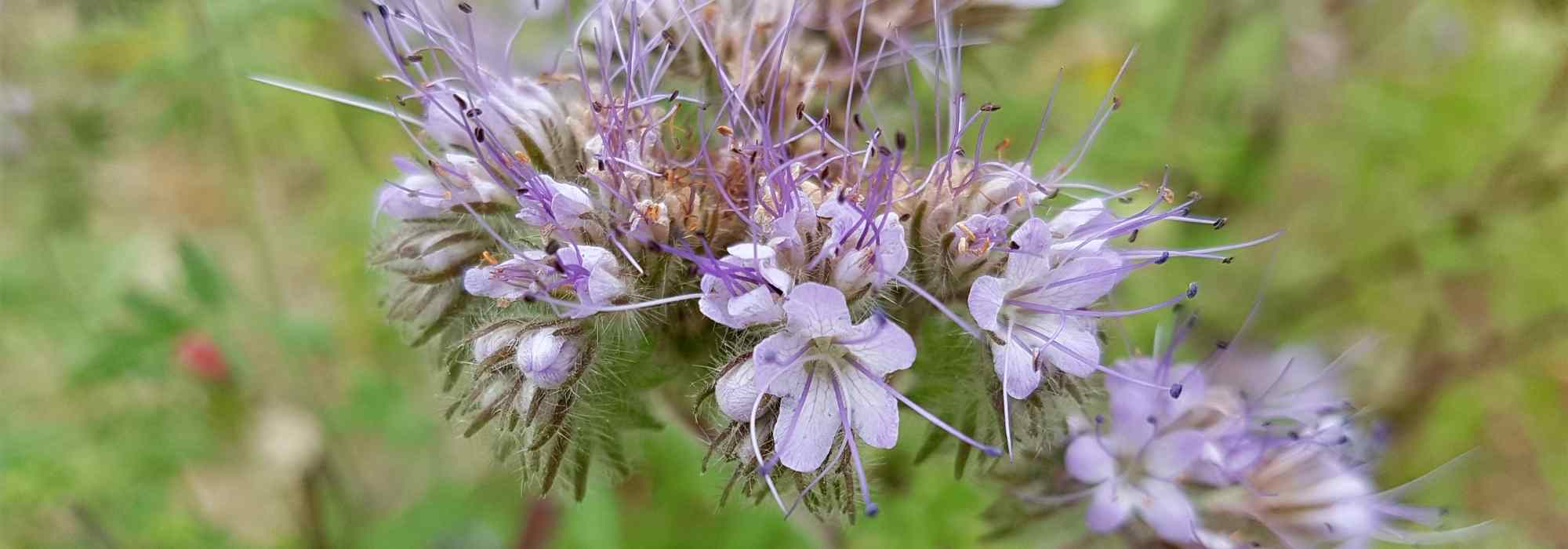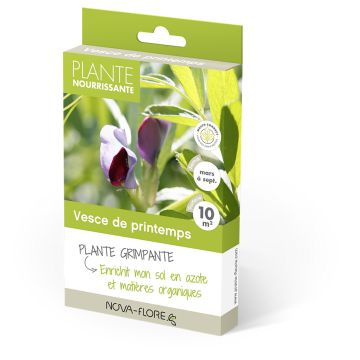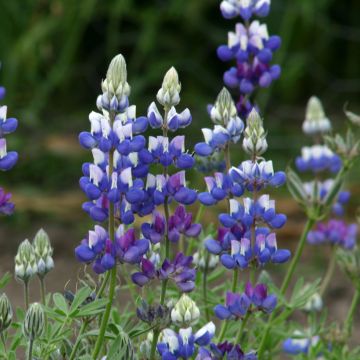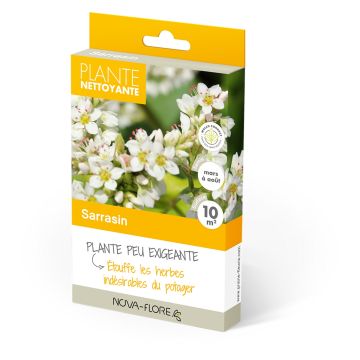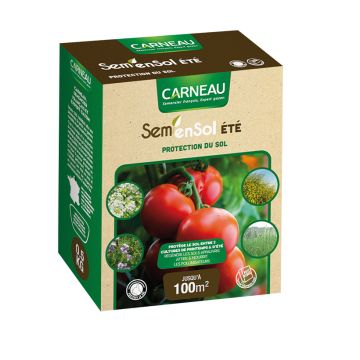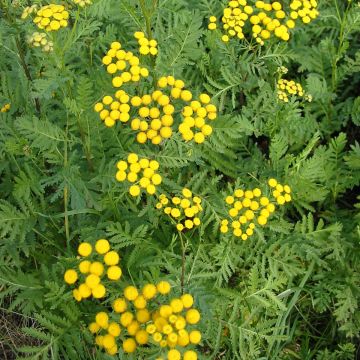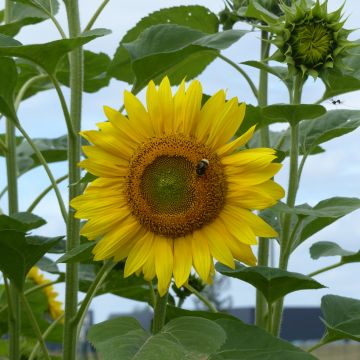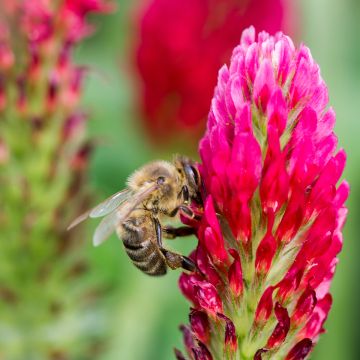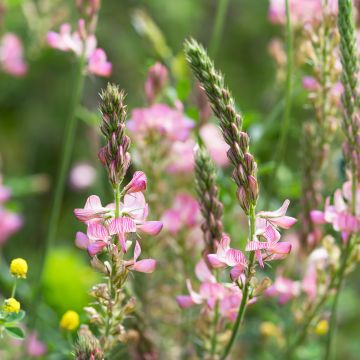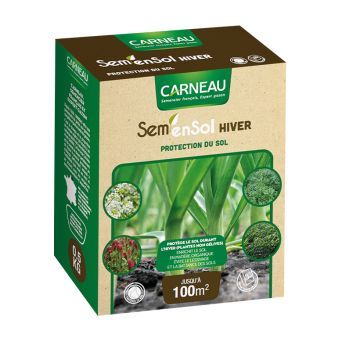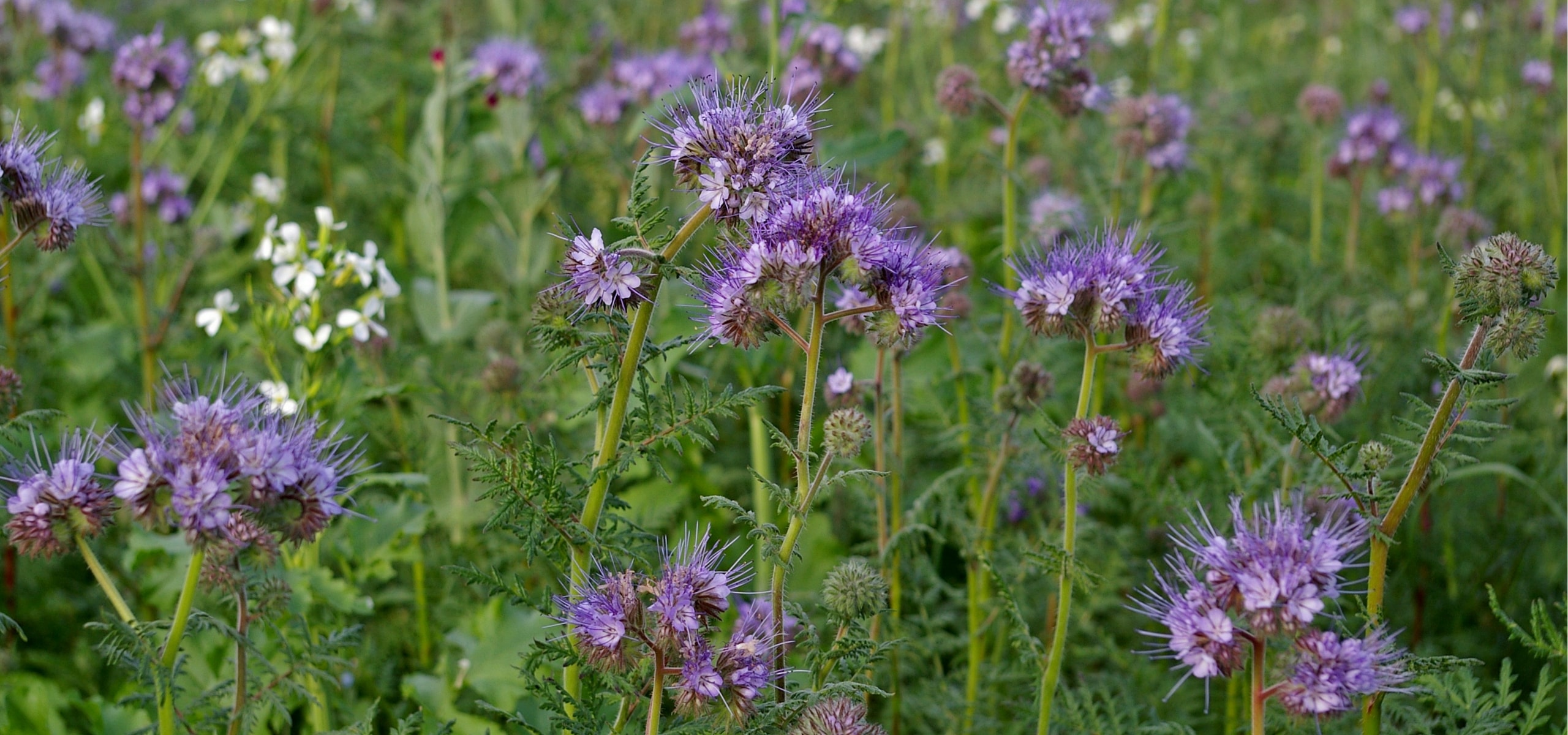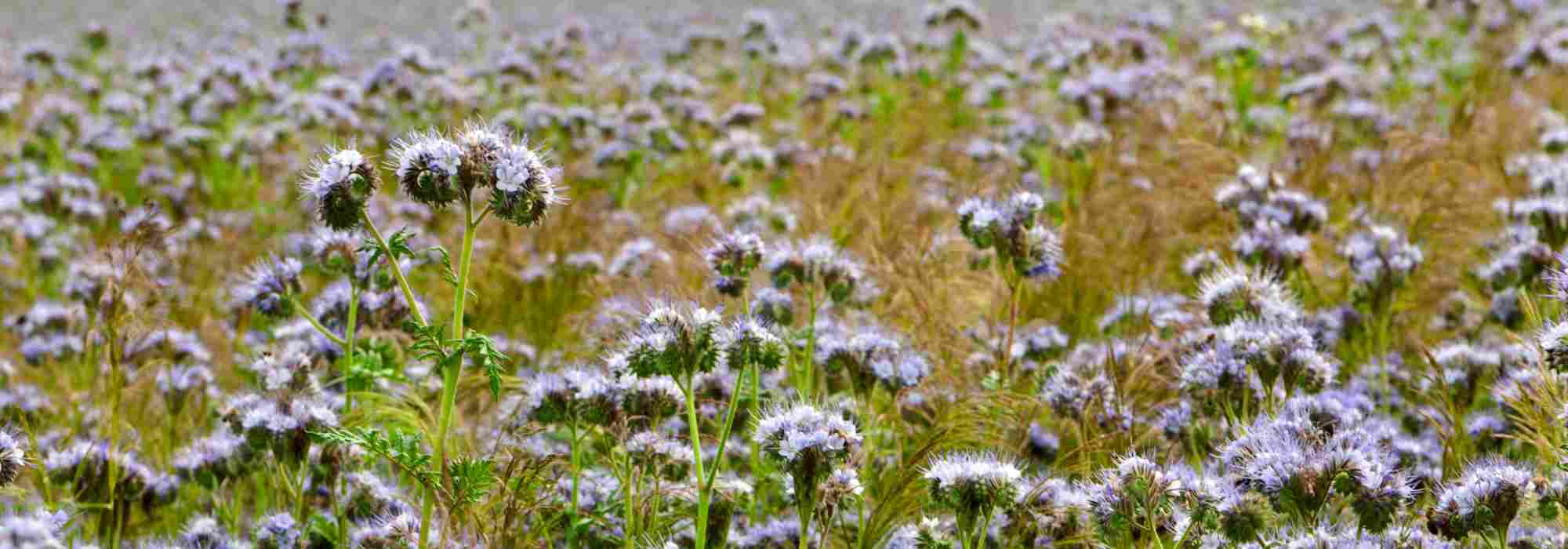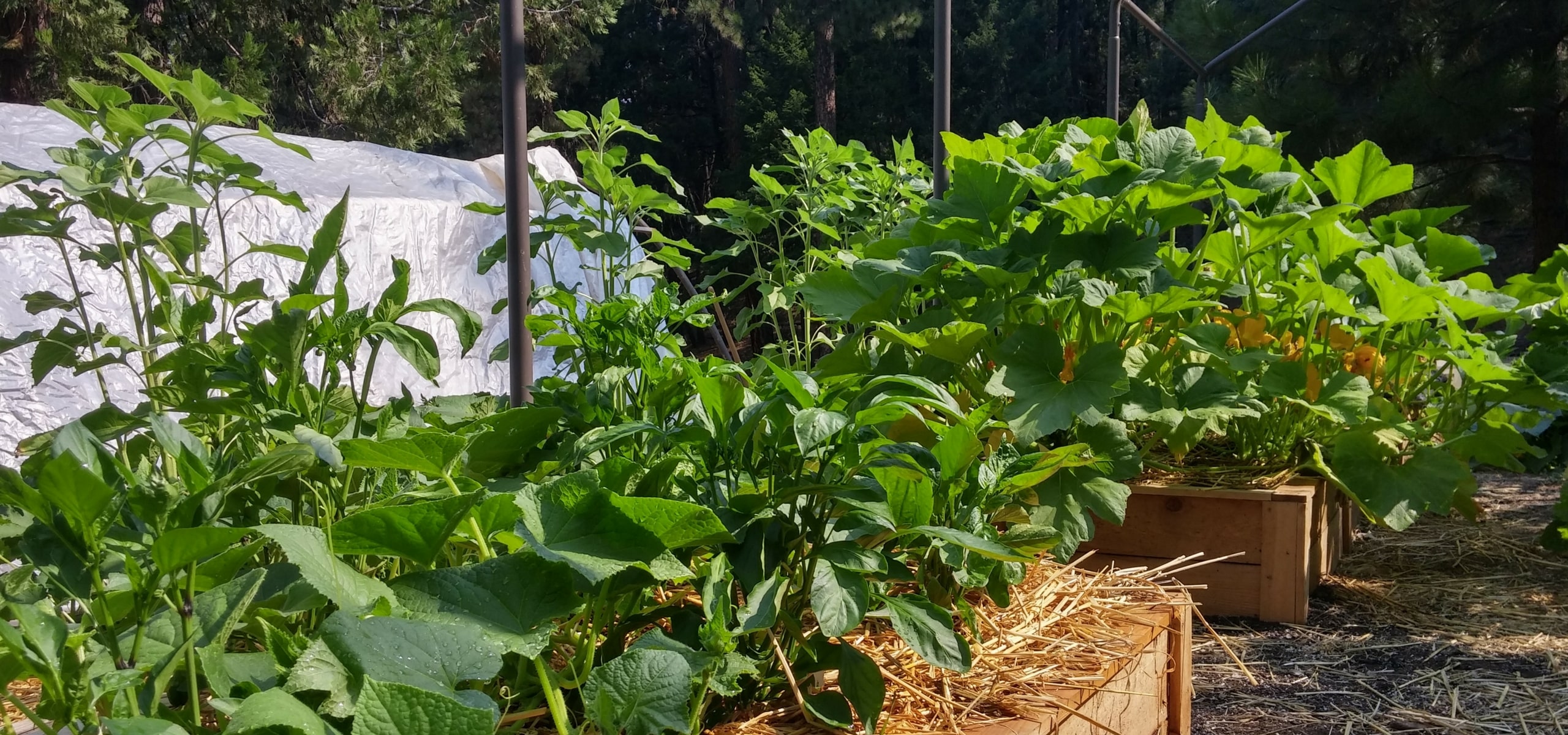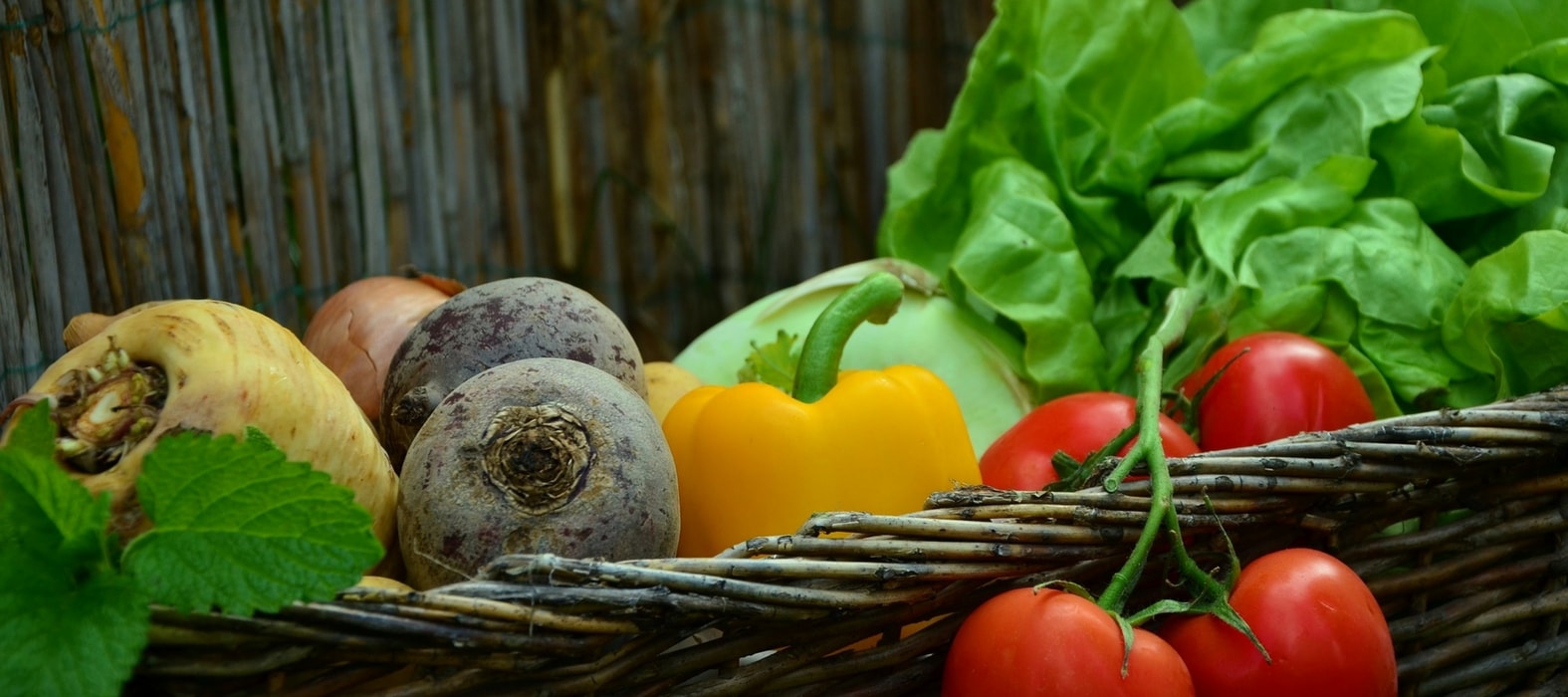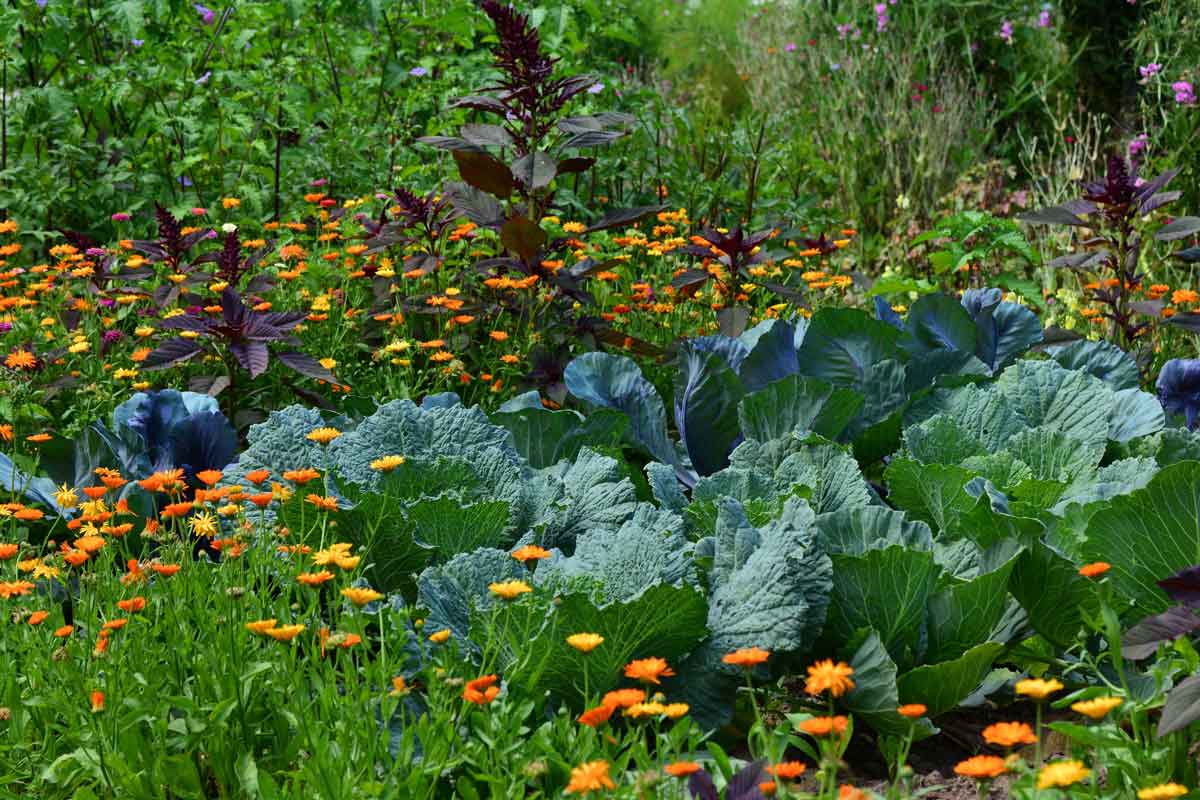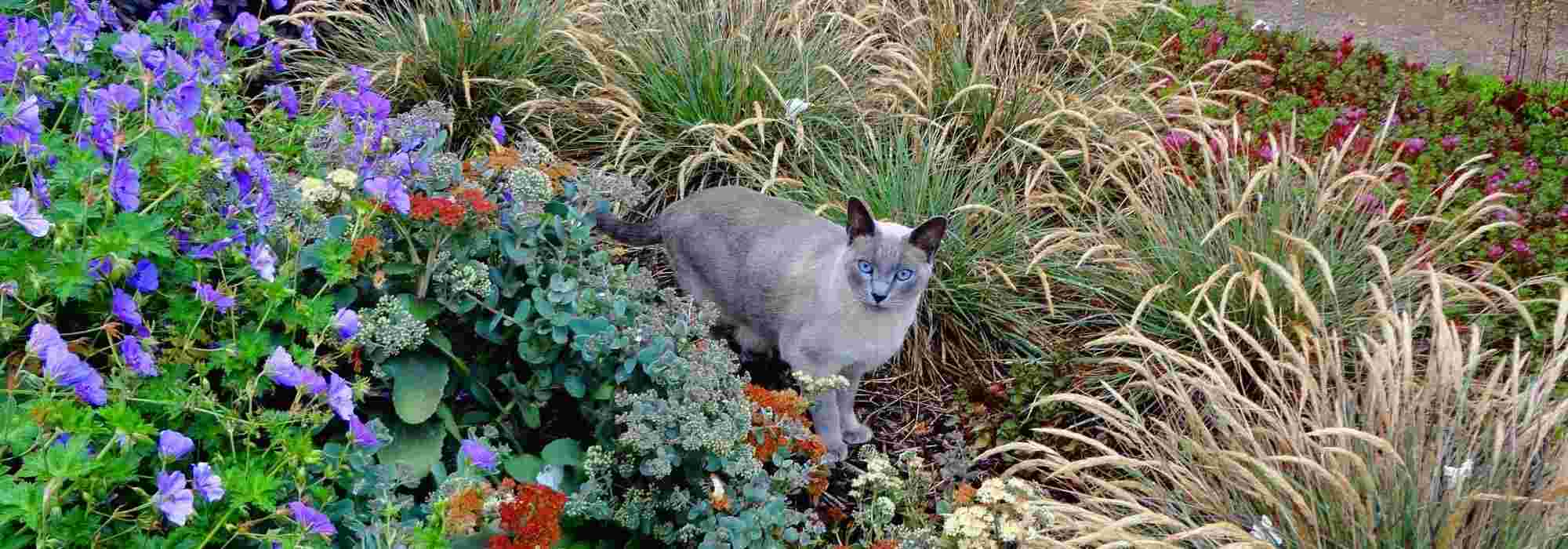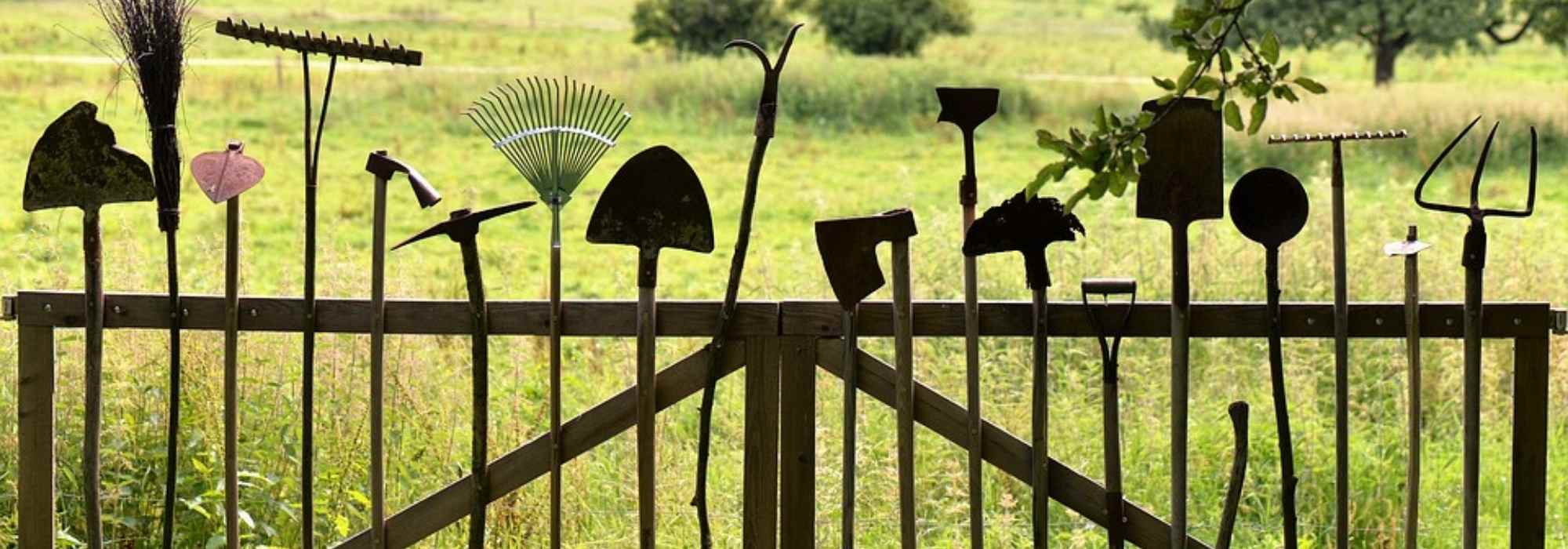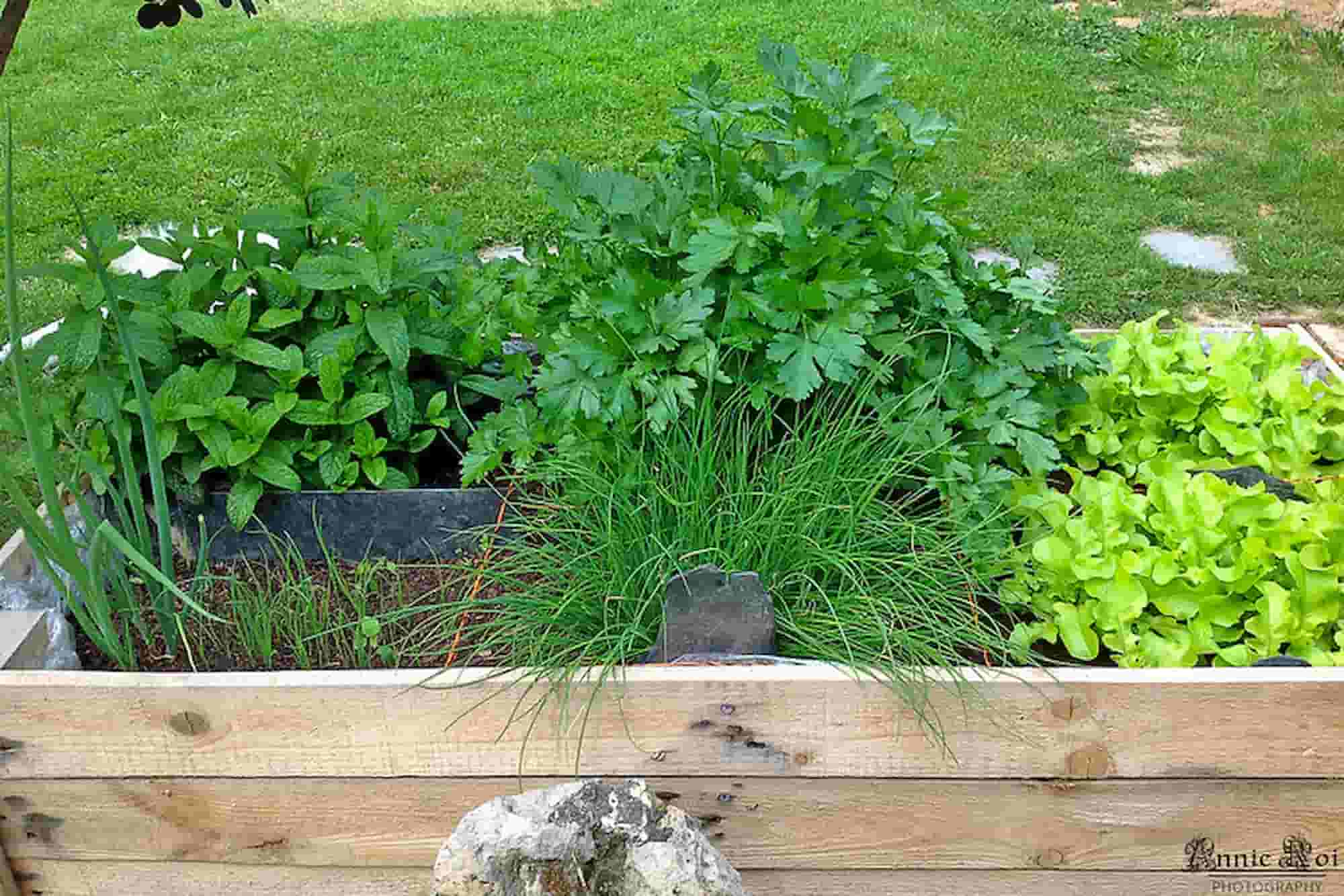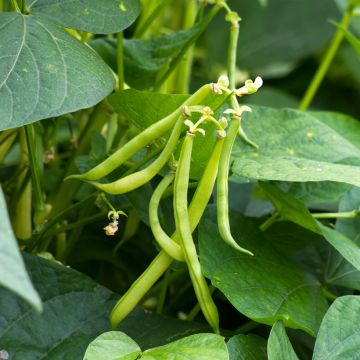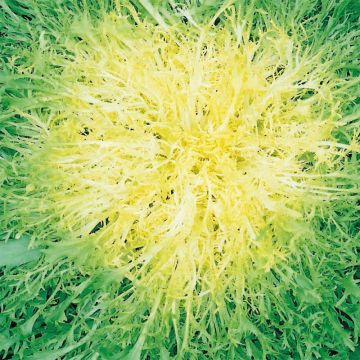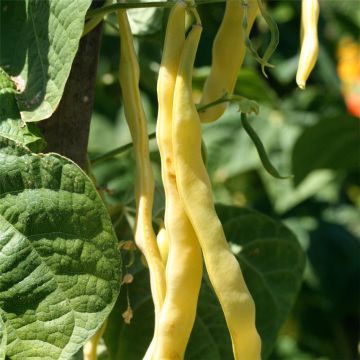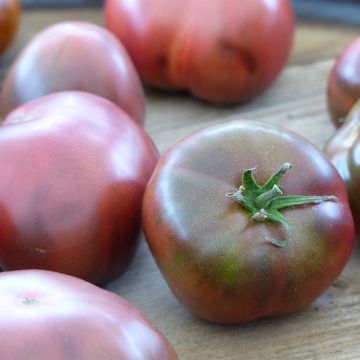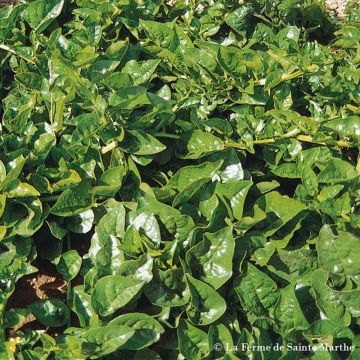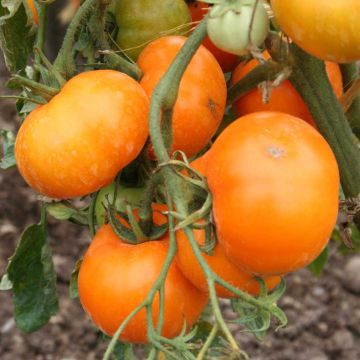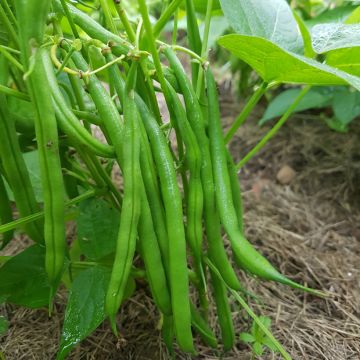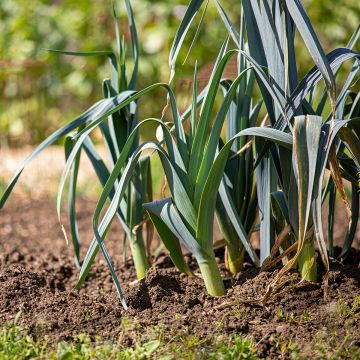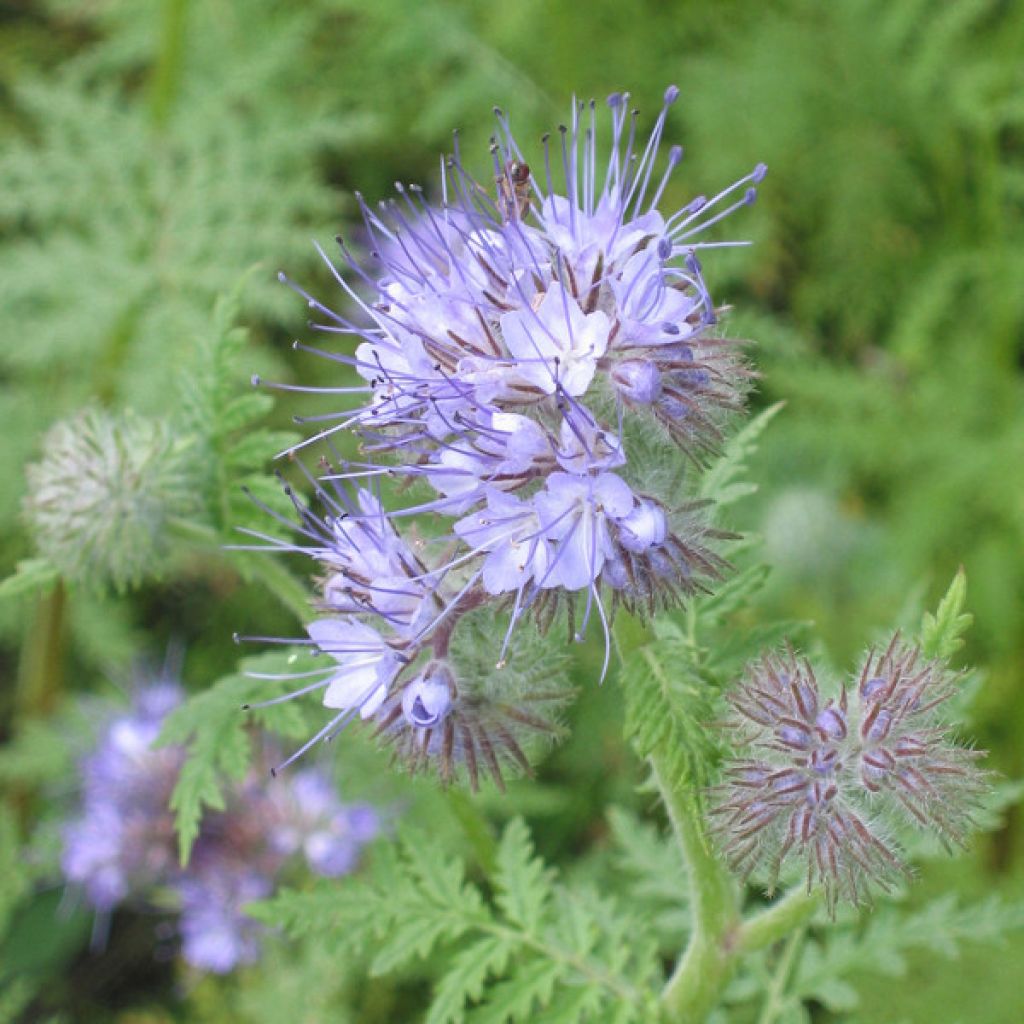

Phacelia tanacetifolia - Green manure


Phacelia tanacetifolia - Green manure


Phacelia tanacetifolia - Green manure
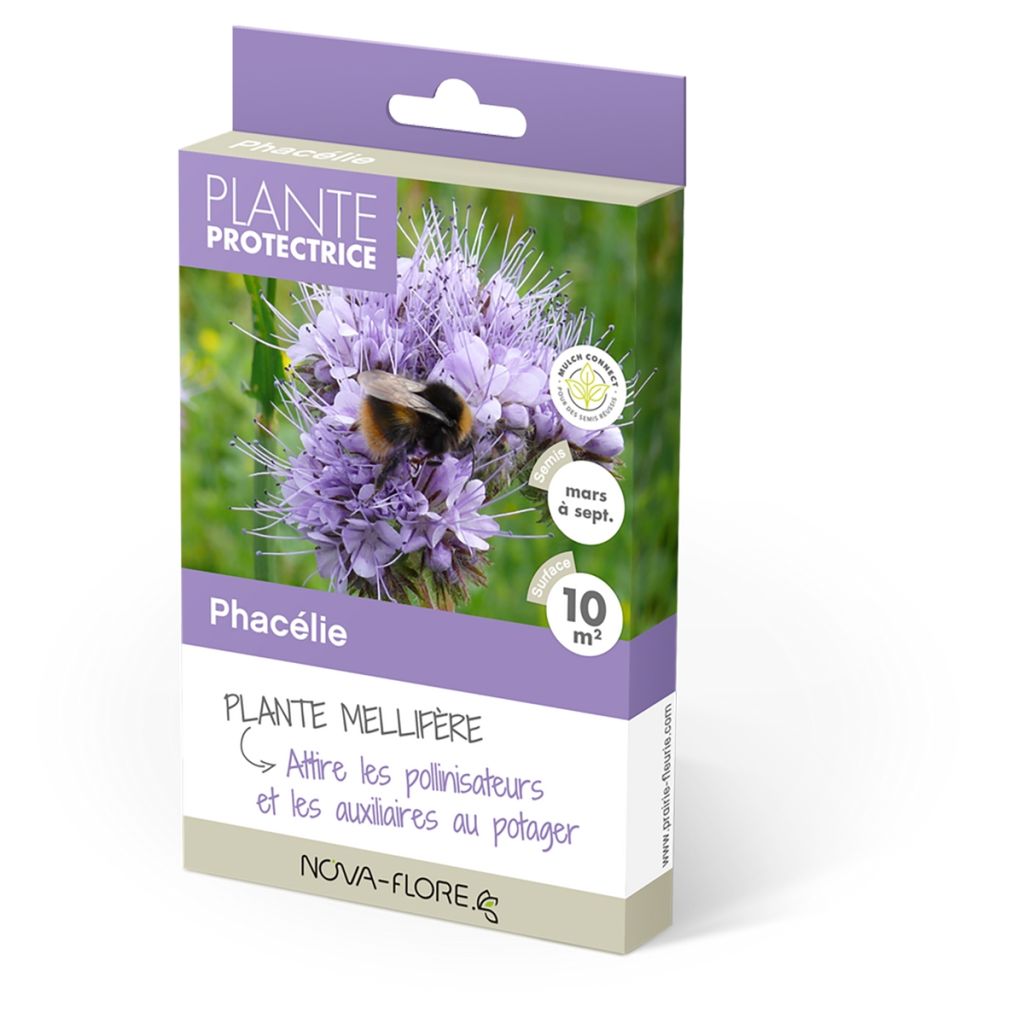

Phacelia tanacetifolia - Green manure
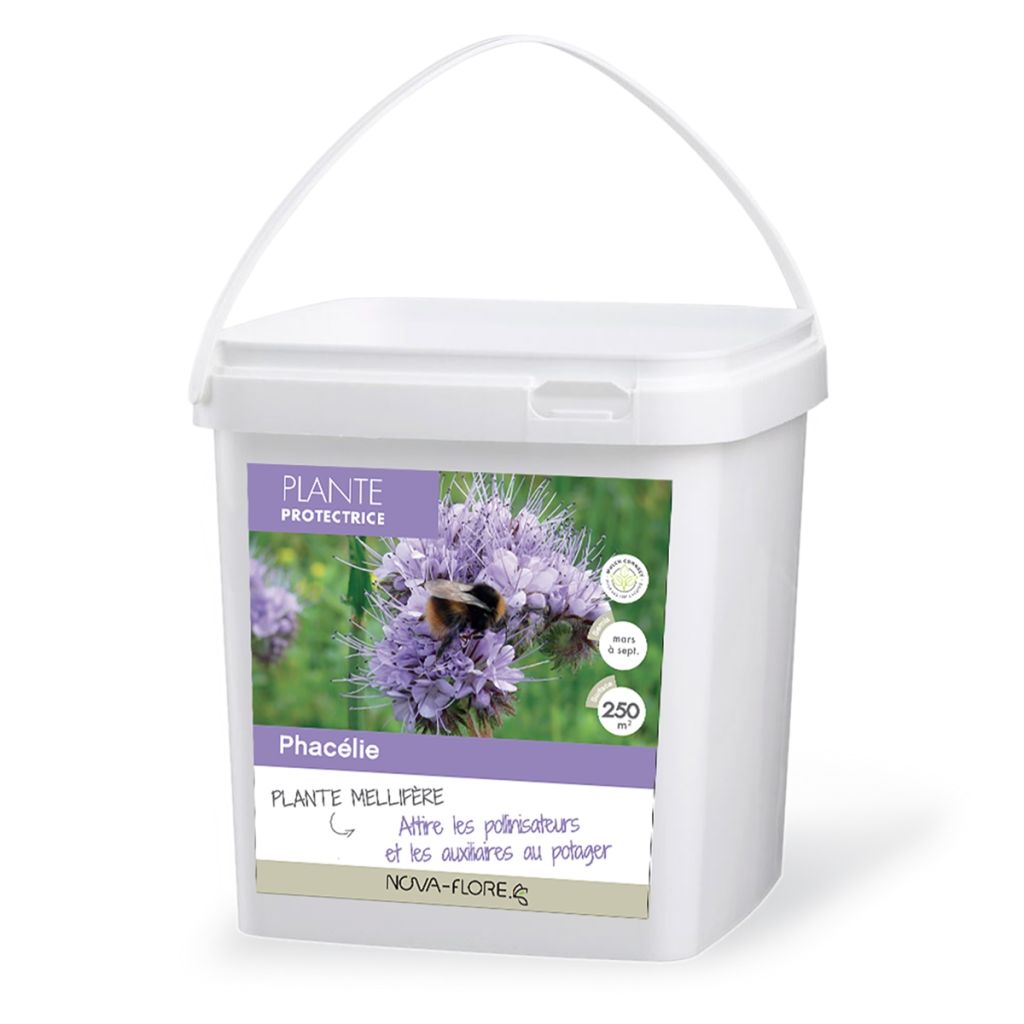

Phacelia tanacetifolia - Green manure
Phacelia tanacetifolia - Green manure
Phacelia tanacetifolia
Fiddleneck, Green Manure
Special offer!
Receive a €20 voucher for any order over €90 (excluding delivery costs, credit notes, and plastic-free options)!
1- Add your favorite plants to your cart.
2- Once you have reached €90, confirm your order (you can even choose the delivery date!).
3- As soon as your order is shipped, you will receive an email containing your voucher code, valid for 3 months (90 days).
Your voucher is unique and can only be used once, for any order with a minimum value of €20, excluding delivery costs.
Can be combined with other current offers, non-divisible and non-refundable.
Home or relay delivery (depending on size and destination)
Schedule delivery date,
and select date in basket
This plant carries a 6 months recovery warranty
More information
We guarantee the quality of our plants for a full growing cycle, and will replace at our expense any plant that fails to recover under normal climatic and planting conditions.
Description
Phacelia tanacetifolia is a panacea for the garden: it is honey-producing, very aesthetic and fragrant, and it prevents leaching of the soil. Its roots aerate the soil and provide it with necessary nitrogen.
Phacelia tanacetifolia or Tansy-leaved Phacelia is an annual plant from the Boraginaceae family. Native to North America, it is useful in the vegetable garden for several reasons. As a highly honey- and nectar-producing plant, it attracts insects to the benefit of all other plants present. To attract these pollinators, it has developed a delicious scent. It also fits perfectly into an intelligent crop rotation system that enriches, aerates, and allows the soil to rest. Its abundant root system aerates the soil and prevents leaching during heavy rainfall. Crop rotation allows for the cultivation of plants with different nutrient requirements each year without depleting the soil too much. Generally four types of plots are considered, which are not necessarily grouped together:
- Plot 1 is dedicated to leafy vegetables
- Plot 2 is dedicated to fruiting vegetables
- Plot 3 is dedicated to grain vegetables
- Plot 4 is dedicated to root vegetables
A rotation is carried out from one year to the next, with leafy vegetables giving way to root vegetables, and so on. To allow the soil to rest and regenerate, a fifth step is increasingly added: the use of green manure, such as Phacelia.
This undemanding plant thrives in any type of soil, even the most difficult and dry, as long as it receives enough sunlight. Despite its wildflower appearance, it has a very sculptural habit with its scorpioid inflorescence curling up like a crozier as the small lavender-blue to deep blue flowers bloom. Its deeply cut foliage resembles that of tansy and quickly forms beautiful clumps over 1 m (3.3 ft) in height.
Finally, at the end of the season, this beautiful Phacelia serves as green manure, either directly buried in the soil or incorporated into compost to enrich it with nitrogen.
Harvesting: after flowering, the flowers form dehiscent capsules containing 4 very dark seeds. It is then time to mow it, grind it, and bury it in the soil to enrich it with nitrogen.
Storage: Phacelia tanacetifolia can be buried in the soil to enrich it with nitrogen or incorporated into compost with the same objective.
Gardener's tip: the dense root system of Phacelia tanacetifolia prevents the establishment of adventive plants. Knowing this, it can be beneficial to cultivate it in an area where you want to get rid of "weeds". However, it is necessary to weed before cultivating it.
Phacelia tanacetifolia - Green manure in pictures






Harvest
Plant habit
Foliage
Botanical data
Phacelia
tanacetifolia
Boraginaceae
Fiddleneck, Green Manure
North America
Annual
Other Green fertilisers
View all →Planting and care
Soil preparation and sowing: Frugal and simple, the Phacelia tanacetifolia is satisfied with any type of soil, even the most ungenerous. It simply requires that the soil be weeded and loosened to a depth of 2 to 5 cm (2 in) using a garden fork. In spring, from March to July, you can sow the seeds evenly over the entire surface. Cover with a little soil, firm down with a rake, and then water.
Maintenance: Once its tasks have been completed, the Phacelia tanacetifolia requires no special care. Water regularly during the first few weeks to keep the soil moist if necessary. The flowers appear in early summer and last until autumn, and the plants can be cut down as soon as they disappear.
Seedlings
Care
Intended location
Planting & care advice
-
, onOrder confirmed
Reply from on Promesse de fleurs
Similar products
Haven't found what you were looking for?
Hardiness is the lowest winter temperature a plant can endure without suffering serious damage or even dying. However, hardiness is affected by location (a sheltered area, such as a patio), protection (winter cover) and soil type (hardiness is improved by well-drained soil).

Photo Sharing Terms & Conditions
In order to encourage gardeners to interact and share their experiences, Promesse de fleurs offers various media enabling content to be uploaded onto its Site - in particular via the ‘Photo sharing’ module.
The User agrees to refrain from:
- Posting any content that is illegal, prejudicial, insulting, racist, inciteful to hatred, revisionist, contrary to public decency, that infringes on privacy or on the privacy rights of third parties, in particular the publicity rights of persons and goods, intellectual property rights, or the right to privacy.
- Submitting content on behalf of a third party;
- Impersonate the identity of a third party and/or publish any personal information about a third party;
In general, the User undertakes to refrain from any unethical behaviour.
All Content (in particular text, comments, files, images, photos, videos, creative works, etc.), which may be subject to property or intellectual property rights, image or other private rights, shall remain the property of the User, subject to the limited rights granted by the terms of the licence granted by Promesse de fleurs as stated below. Users are at liberty to publish or not to publish such Content on the Site, notably via the ‘Photo Sharing’ facility, and accept that this Content shall be made public and freely accessible, notably on the Internet.
Users further acknowledge, undertake to have ,and guarantee that they hold all necessary rights and permissions to publish such material on the Site, in particular with regard to the legislation in force pertaining to any privacy, property, intellectual property, image, or contractual rights, or rights of any other nature. By publishing such Content on the Site, Users acknowledge accepting full liability as publishers of the Content within the meaning of the law, and grant Promesse de fleurs, free of charge, an inclusive, worldwide licence for the said Content for the entire duration of its publication, including all reproduction, representation, up/downloading, displaying, performing, transmission, and storage rights.
Users also grant permission for their name to be linked to the Content and accept that this link may not always be made available.
By engaging in posting material, Users consent to their Content becoming automatically accessible on the Internet, in particular on other sites and/or blogs and/or web pages of the Promesse de fleurs site, including in particular social pages and the Promesse de fleurs catalogue.
Users may secure the removal of entrusted content free of charge by issuing a simple request via our contact form.
The flowering period indicated on our website applies to countries and regions located in USDA zone 8 (France, the United Kingdom, Ireland, the Netherlands, etc.)
It will vary according to where you live:
- In zones 9 to 10 (Italy, Spain, Greece, etc.), flowering will occur about 2 to 4 weeks earlier.
- In zones 6 to 7 (Germany, Poland, Slovenia, and lower mountainous regions), flowering will be delayed by 2 to 3 weeks.
- In zone 5 (Central Europe, Scandinavia), blooming will be delayed by 3 to 5 weeks.
In temperate climates, pruning of spring-flowering shrubs (forsythia, spireas, etc.) should be done just after flowering.
Pruning of summer-flowering shrubs (Indian Lilac, Perovskia, etc.) can be done in winter or spring.
In cold regions as well as with frost-sensitive plants, avoid pruning too early when severe frosts may still occur.
The planting period indicated on our website applies to countries and regions located in USDA zone 8 (France, United Kingdom, Ireland, Netherlands).
It will vary according to where you live:
- In Mediterranean zones (Marseille, Madrid, Milan, etc.), autumn and winter are the best planting periods.
- In continental zones (Strasbourg, Munich, Vienna, etc.), delay planting by 2 to 3 weeks in spring and bring it forward by 2 to 4 weeks in autumn.
- In mountainous regions (the Alps, Pyrenees, Carpathians, etc.), it is best to plant in late spring (May-June) or late summer (August-September).
The harvesting period indicated on our website applies to countries and regions in USDA zone 8 (France, England, Ireland, the Netherlands).
In colder areas (Scandinavia, Poland, Austria...) fruit and vegetable harvests are likely to be delayed by 3-4 weeks.
In warmer areas (Italy, Spain, Greece, etc.), harvesting will probably take place earlier, depending on weather conditions.
The sowing periods indicated on our website apply to countries and regions within USDA Zone 8 (France, UK, Ireland, Netherlands).
In colder areas (Scandinavia, Poland, Austria...), delay any outdoor sowing by 3-4 weeks, or sow under glass.
In warmer climes (Italy, Spain, Greece, etc.), bring outdoor sowing forward by a few weeks.






























